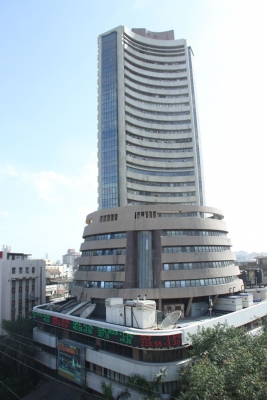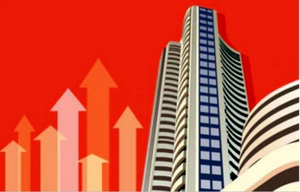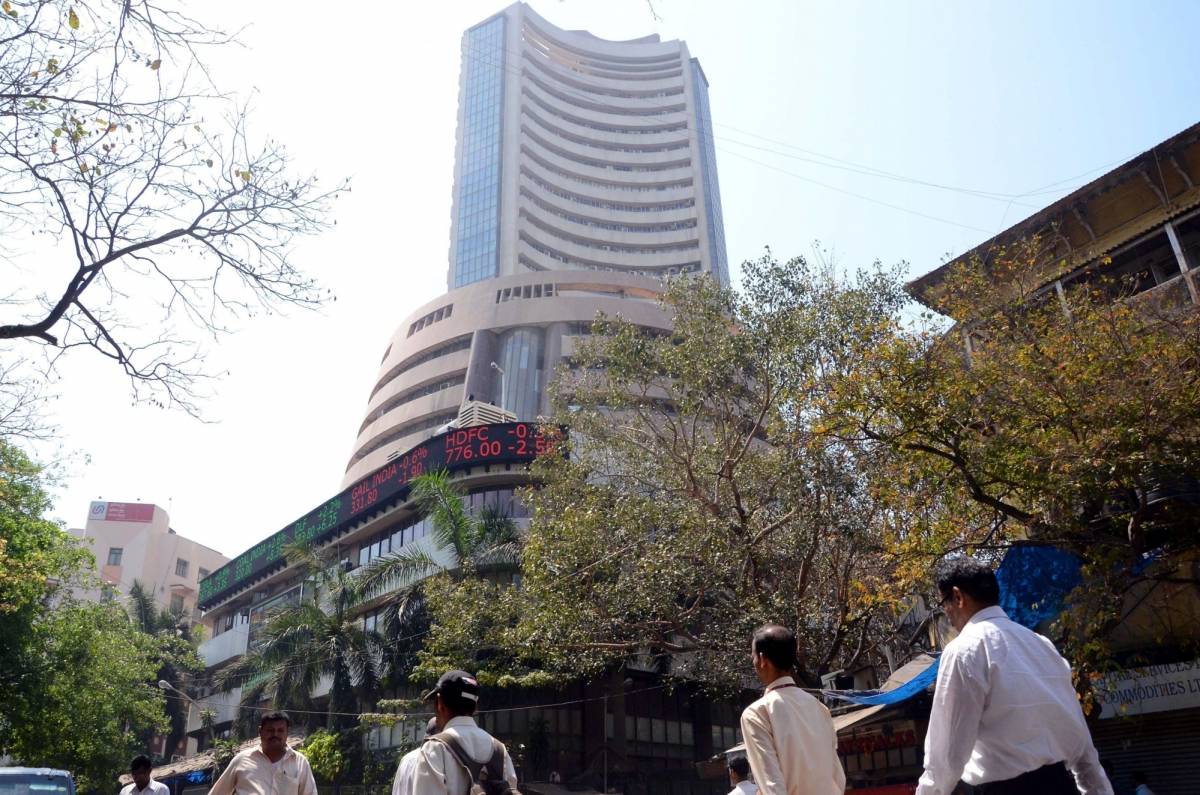Domestic equities crossed another milestone with Sensex crossing above 85,000 and Nifty crossing 26,000, reflecting robust buying across sectors….reports Asian Lite News
With the Sensex surpassing 85,000 for the first time, economists said on Tuesday that the Indian Indices can even reach the historic 1-lakh mark this year itself, given the robust bull run, strong investors’ sentiment and sound fundamentals.
Domestic equities crossed another milestone with Sensex crossing above 85,000 and Nifty crossing 26,000, reflecting robust buying across sectors.
Dr Manoranjan Sharma, Chief Economist at Infomerics Ratings, told IANS that Sensex crossing the magical 1 lakh mark this year cannot be ruled out due to a robust bull run.
“The 1 lakh mark will be reached shortly whether this year or early next year. It would be too steep a climb but India is certainly in the midst of a bull run in the stock market,” said Dr Sharma.
There are several positive factors for the current bull run the Indian indices are going through — like the US Fed rate cut, and the Chinese central bank taking a series of actions at the global level.

“At the national level, government policy continuity, strong foreign inflows, consumption picking up, capital expenditure doing well, and growth rate again doing well are the factors for the Sensex to touch new highs,” Dr Sharma told IANS.
The market momentum was further bolstered by a bullish outlook on India’s economic growth, supported by expectations of structural reforms and Investor optimism around the Indian economy’s ability to withstand global headwinds.
At closing, Sensex was down 14 points at 84,914 and Nifty was up one point at 25,940. Selling was seen in the banking stocks. Nifty Bank settled at 53,968, down 137 points or 0.25 per cent. In the Sensex pack, Tata Steel, Power Grid, Tech Mahindra, HCL Tech, M&M, JSW Steel, Wipro, Tata Motors, HDFC Bank, Sun Pharma, Bharti Airtel, Maruti Suzuki, TCS, and L&T were the top gainers.
According to economists, despite escalating geopolitical concerns in the Middle East, the Indian stock market remained resilient, with the Sensex and Nifty achieving new record highs for the fourth consecutive session.

‘7.1% Growth Ahead for India in FY25’
The Indian economy is projected to grow faster at 7.1 per cent this fiscal (FY25), Moody’s Analytics said on Tuesday, as the country continues to remain resilient amid global uncertainties.
In its new Asia Pacific outlook, the global credit ratings kept the country’s growth forecast unchanged at 6.5 per cent for 2025 while projecting faster growth of 6.6 per cent in 2026.
Moody’s Analytics projected better inflation outcomes, as it reduced India’s inflation forecast to 4.7 per cent from the 5 per cent predicted earlier. The country’s inflation remained below 4 per cent in July and August.
The 2025 and 2026 forecast was unchanged at 4.5 per cent and 4.1 per cent, respectively.
For the Asia Pacific region, Moody’s raised the 2025 forecast to 4 per cent from 3.9 per cent as projected earlier.
Exports have been a key driver for the region, but growth rests on an unstable footing. Key export drivers such as chips are losing steam. Global goods demand has been soft. And China’s policy-led ramp-up in exports has sparked protectionism abroad, said Moody’s.
Earlier in the day, S&P Global Ratings retained India’s growth forecast at 6.8 per cent for the fiscal 2024-25. The global ratings said that In India, GDP growth moderated in the June quarter as high interest rates temper urban demand, in line with our projection of 6.8 for GDP for the full fiscal year 2024-2025. The rating agency also retained India’s growth forecast for FY 2025-26 at 6.9 per cent.
According to the report, the Reserve Bank of India (RBI) considers food inflation a hurdle for rate cuts.
“Our outlook remains unchanged: we expect the RBI to begin cutting rates in October at the earliest and have pencilled in two rate cuts this fiscal year (year ending March 2025),” said the report.
The year-on-year inflation rate at 3.65 per cent, based on the All India Consumer Price Index (CPI), for August was the second lowest in the last five years. In July, the inflation rate (3.54 per cent) had fallen below the RBI’s medium-term target of 4 per cent for the first time.
ALSO READ: Emerging Asia’s EV Jackpot




